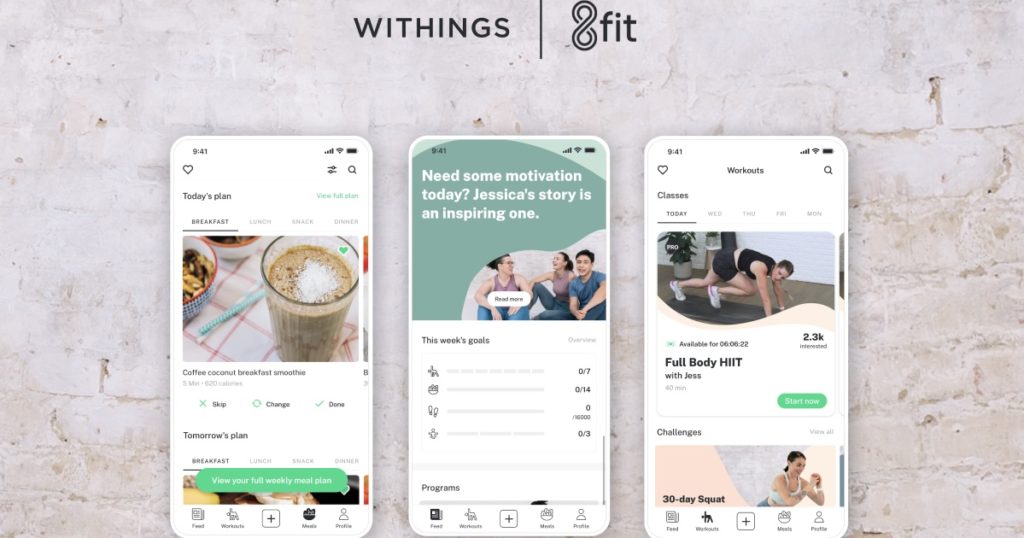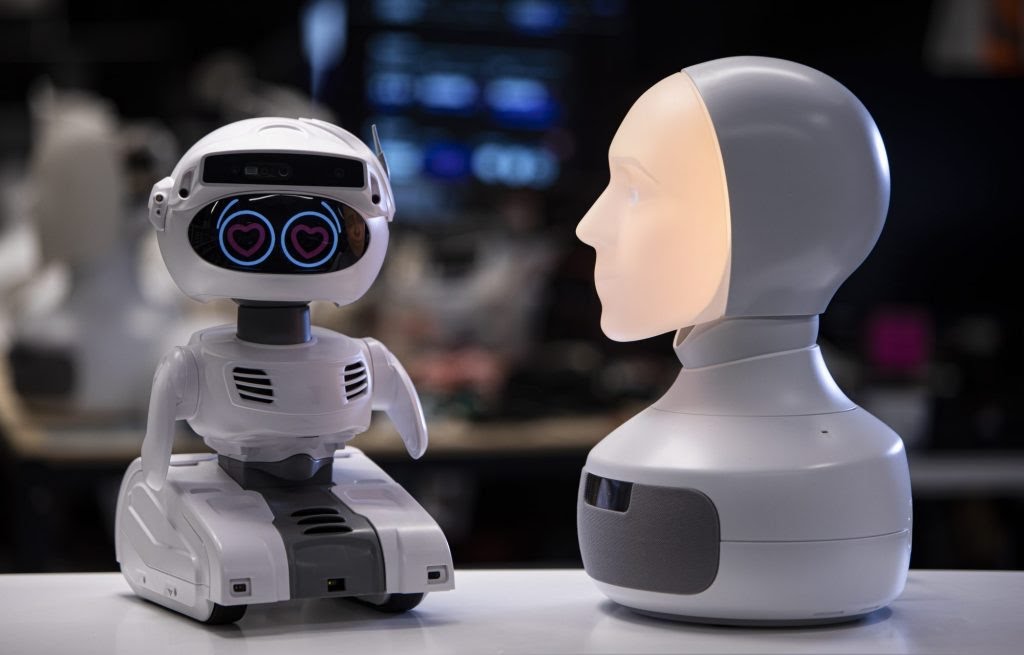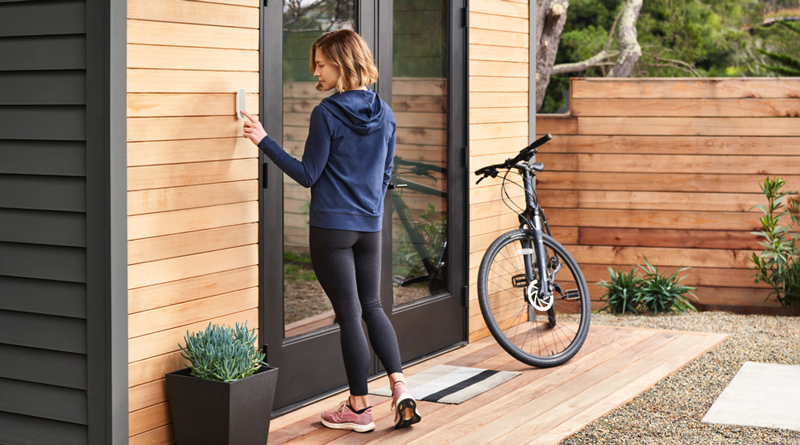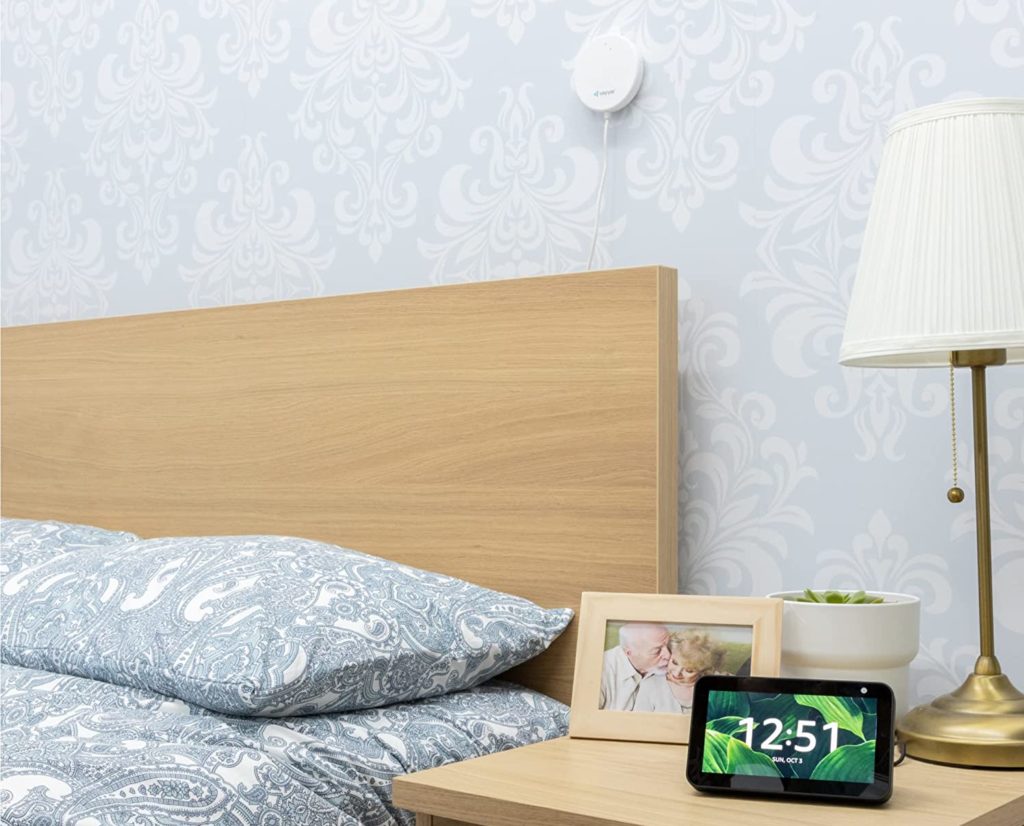The National Institute of Standards and Technology has finally released its plans for securing the IoT, so we discuss what the plans are for a consumer-oriented cybersecurity label. We then give a quick update on the Sigfox receivership and Intel’s plan to purchase Tower Semiconductor before spending a large chunk of time on Apple’s AirTags and how ubiquitous and cheap trackers change the game for privacy. We share new subscription plan revenue data for the manufacturing sector and for IoT devices, and unsurprisingly the folks at Zuora are optimistic. We then share some details on Anthony Levandowski’s plans to build a peer-to-peer cellular network for self-driving vehicles that looks a lot like Helium, and a sad story about bionic eyes made by a company that is going out of business. We end by answering a listener question about smart controls for 220-volt or 240-volt outdoor heaters.
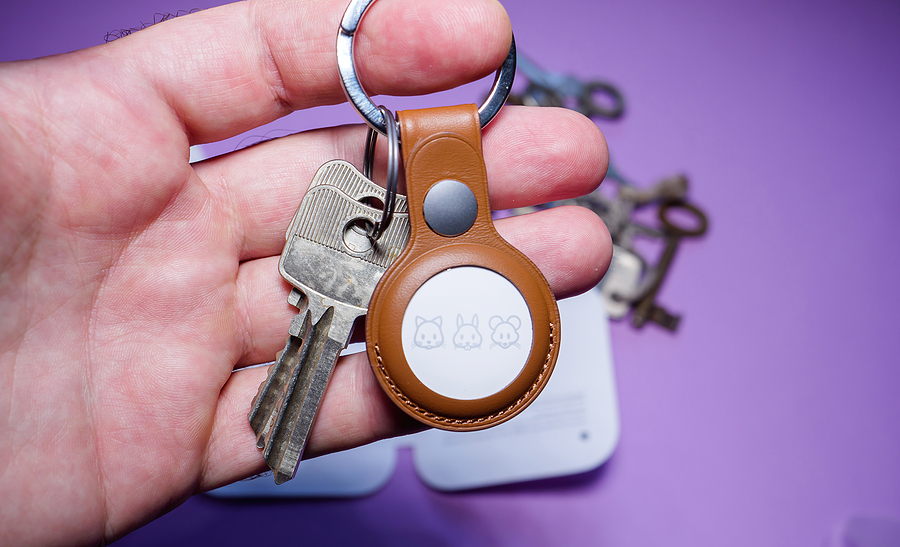
Our guest this week is Peter Lewis, who was a co-founder of Cellular One and the originator of the term “Internet of Things.” Lewis coined the term and described the connection between wireless sensors, cellular networks, and the internet, all the way back in 1985 during a speech he gave to the Congressional Black Caucus Foundation 15th Annual Legislative Weekend in Washington, D.C. This week, you can hear the relevant segment of the speech and he shares why he was so eager to get things connected to the Internet 37 years ago. He also talks about what surprised him as the IoT really gained ground and discusses what he’s doing today. This is a great history lesson that everyone should know.
Hosts: Stacey Higginbotham and Kevin Tofel
Guest: Peter Lewis, originator of the term “Internet of Things”
Sponsors: Somfy and Pantacor
- What does NIST want for consumer IoT security? We tell you.
- Who’s bidding for Sigfox?
- Why Apple’s AirTags are such a problem
- The IoT was created by a cellular executive to gain new subscribers
- What the creator of the phrase “internet of things” didn’t see coming
Podcast: Play in new window | Download | Embed
Subscribe: RSS

